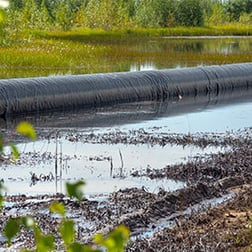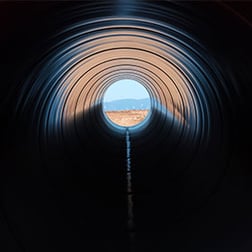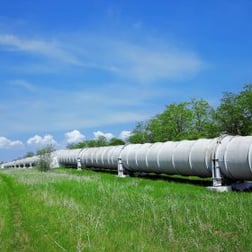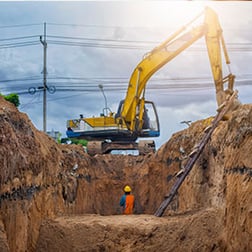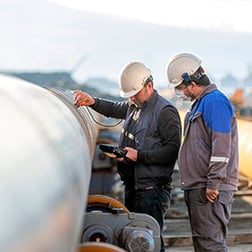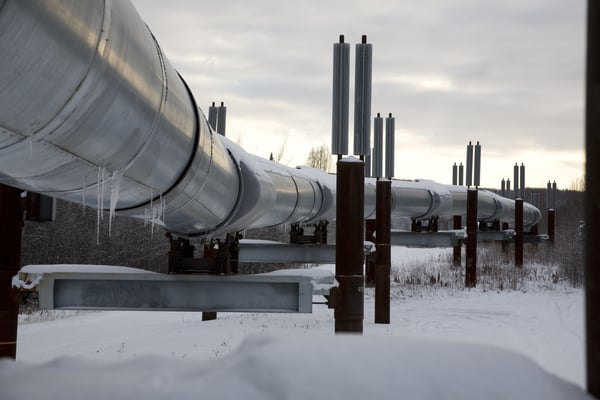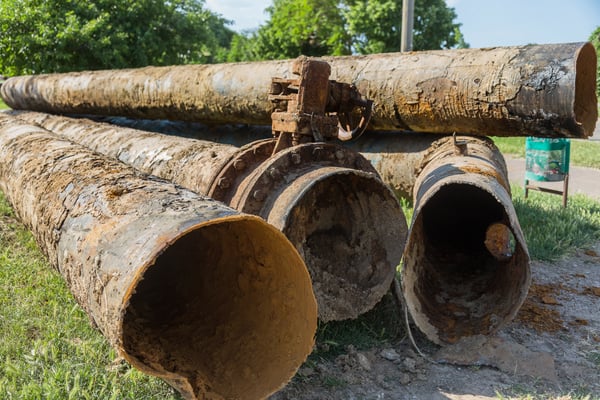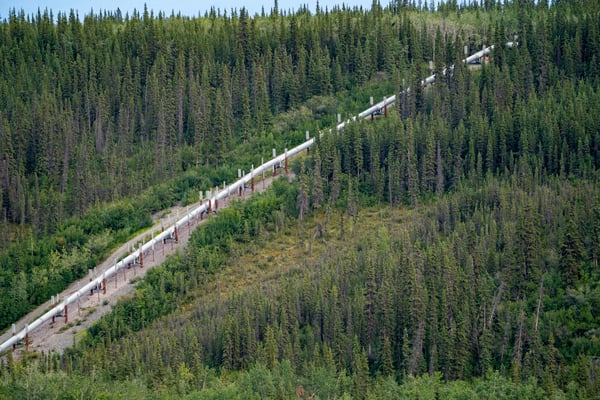OneBridge Solutions
Assessing Corrosion Growth Models for Pipeline Integrity: Presented Findings at PTC
Metal loss due to corrosion poses a significant threat to pipeline integrity. Accurate estimation of corrosion growth rates is crucial to assess the remaining lifespan of a pipeline and prevent failures. Our recent research focused on evaluating data-driven and practical corrosion growth models using field data. The findings of our study were presented at the Pipeline Technology Conference (PTC), and we are excited to share some of our key takeaways in this blog post.
Corrosion growth models play a vital role in estimating corrosion growth rates (CGRs) and predicting metal loss in pipelines. These models can be categorized based on their basis in physics and chemistry, or as data-driven models that utilize inline inspection (ILI) data as input. In this study, we focused on data-driven models due to their practicality and ease of implementation. These models often employ regression and basic statistical approaches.
Linear models assume a constant corrosion growth rate over time. Our analysis began with the simplest two-point model, which estimates growth based on just two ILI measurements. We then explored extensions of this model, incorporating a linear trend through all available ILI measurements while considering individual measurement errors. Additionally, we assessed the performance of the PR-331 model, commonly used by industry operators. These linear models were evaluated based on their accuracy in predicting corrosion depth using field data.
The second class of models we examined comprised more mathematically sophisticated approaches. Unlike linear models, these approaches do not assume linear growth behavior. The exponential model employs an exponential law to describe depth evolution over time. The probabilistic model, on the other hand, utilizes a Monte Carlo approach to determine the most likely path of corrosion evolution based on multiple ILI measurements. The accuracy of these models was assessed by comparing their predictions to field measurements of metal loss.
In pipeline integrity management, it is crucial to consider different scenarios when evaluating corrosion growth models. Models that tend to overestimate or underestimate metal loss depth may be more suitable depending on the context. For example, short-term dig planning may require more precise estimates, while long-term pipe replacement management may prioritize trends. Operators can use the findings of our study to compare and select models that strike the right balance between conservatism and cost savings.
Our research also addressed special cases such as negative growth rates and unmatched anomalies in young pipelines. Traditional approaches may yield unphysically high CGRs in these scenarios. We explored strategies to handle such cases effectively, ensuring the models remain practical and reliable.
The accurate estimation of corrosion growth rates is essential for effective pipeline integrity management. Our research, presented at PTC, sheds light on the performance and applicability of various corrosion growth models using field data. The insights gained from our study can help operators make informed decisions, considering different scenarios in pipeline integrity management. For more detailed information, you can download the full research paper below, providing a comprehensive understanding of our findings and their implications in the industry.
We are proud to contribute to the advancement of pipeline integrity management, and we look forward to further research and innovation in this field to ensure the safety and reliability of our critical infrastructure.
Download the full research below:




